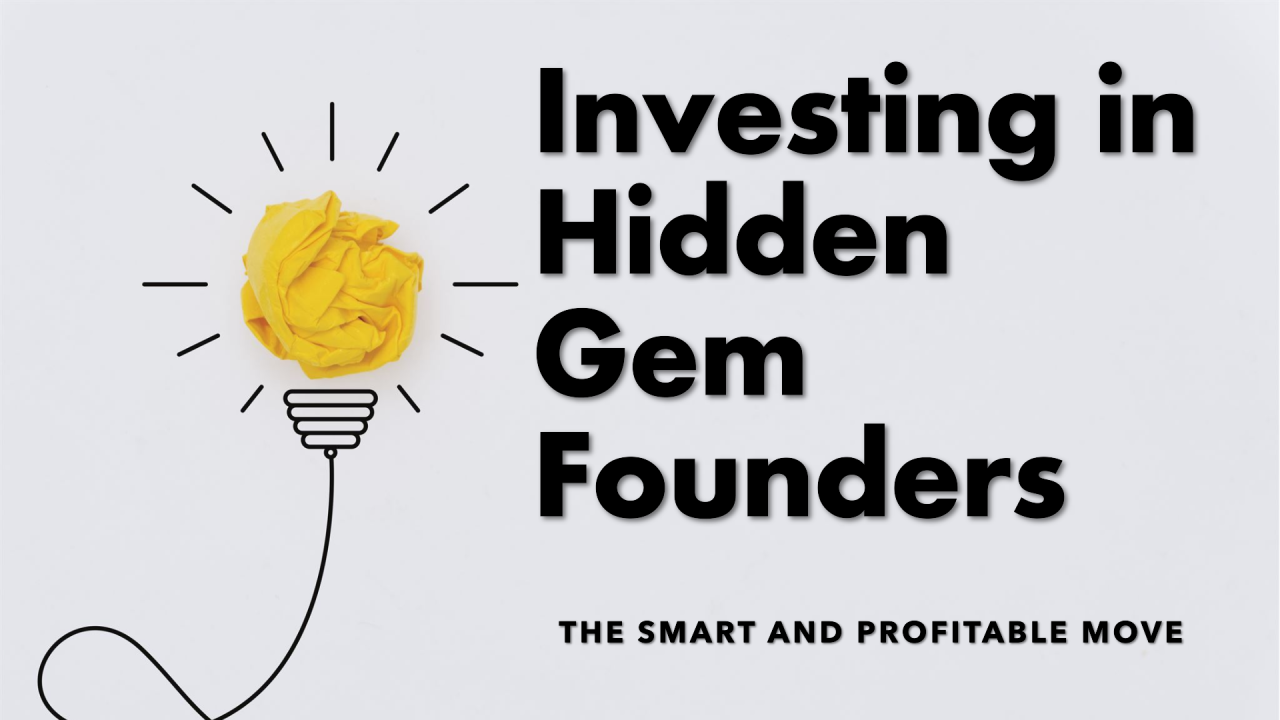

Innovation is the key to survival and growth in the fast-paced business world. However, many corporations inadvertently stifle innovation by fostering cultures of agreement and silence. The presence of "Yes Men" and the pervasive "Sound of Silence" can significantly hinder a company's ability to adapt, evolve, and stay ahead of the competition.
The "Yes Men" Phenomenon
The "Yes Men" phenomenon refers to a corporate culture in which employees are hesitant to express dissent or challenge the status quo, often out of fear of reprisal or a desire to please their superiors. While this might create a superficial sense of harmony, it ultimately breeds stagnation. Critical thinking and creative problem-solving are suppressed when everyone agrees, leading to missed opportunities and a lack of progress.
The Sound of Silence
The "Sound of Silence" is equally detrimental to innovation. It describes an environment where employees choose to remain silent despite having valuable insights or concerns. This silence can stem from various factors, including a lack of psychological safety, a fear of being perceived as unfavourable, or a belief that their opinions won't matter. The consequence is a loss of valuable perspectives and a missed chance to identify potential problems or areas for improvement.
The Path to Improvement
Corporations can take proactive steps to break free from these innovation-stifling patterns:
1. Cultivate Psychological Safety: Leaders must create an environment where employees feel safe to express their opinions, even if they contradict the prevailing view. This involves actively encouraging dissent, acknowledging and appreciating diverse perspectives, and ensuring no repercussions for speaking up.
2. Encourage Open Communication: Establish channels for open communication and feedback so that employees can share their ideas and concerns without fear of judgment. This could include regular town hall meetings, anonymous suggestion boxes, or dedicated platforms for brainstorming and collaboration.
3. Embrace Constructive Conflict: Recognize that conflict, when managed constructively, can catalyze innovation. Encourage healthy debate and challenge employees to defend their ideas with evidence and logic.
4. Empower Employees: Give employees a sense of ownership and autonomy. Encourage them to take risks, experiment, and learn from their mistakes. When employees feel empowered, they are more likely to contribute their unique perspectives and ideas.
5. Lead by Example: Leaders must model the behavior they want to see in their employees. This means being open to feedback, admitting when they are wrong, and actively seeking out diverse perspectives.
By addressing the issues of "Yes Men" and the "Sound of Silence," corporations can foster a culture of innovation where creativity thrives, and the company is well-equipped to navigate the challenges of an ever-changing business landscape.



